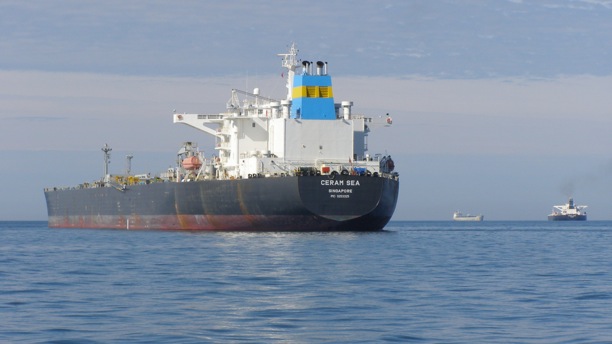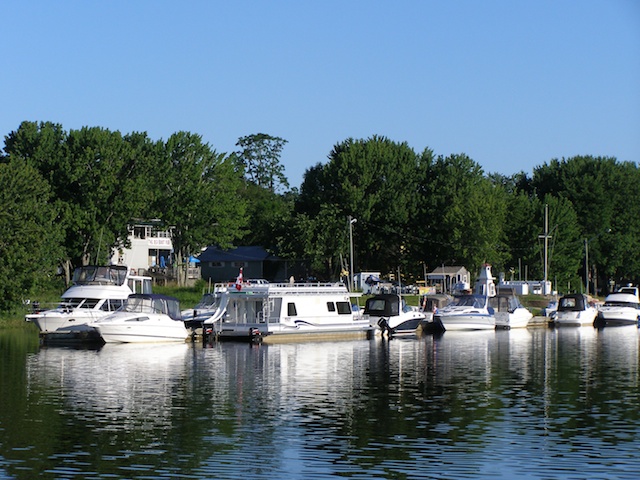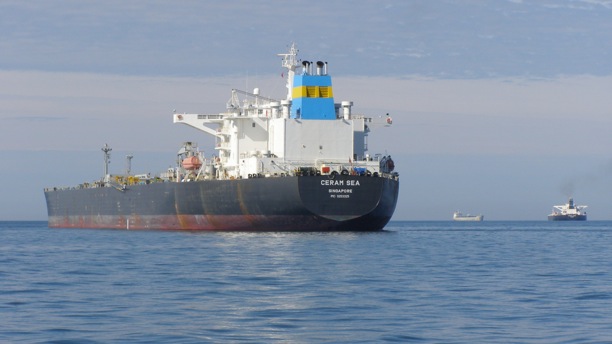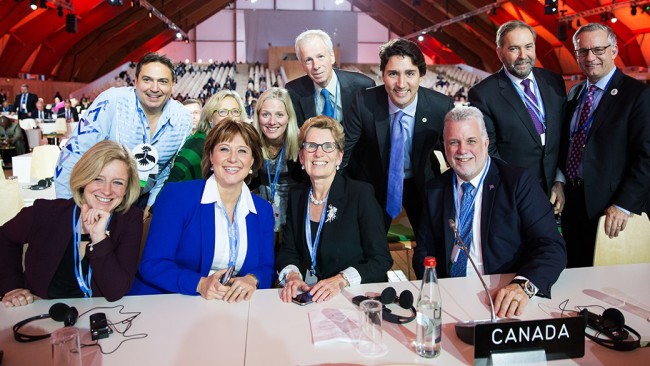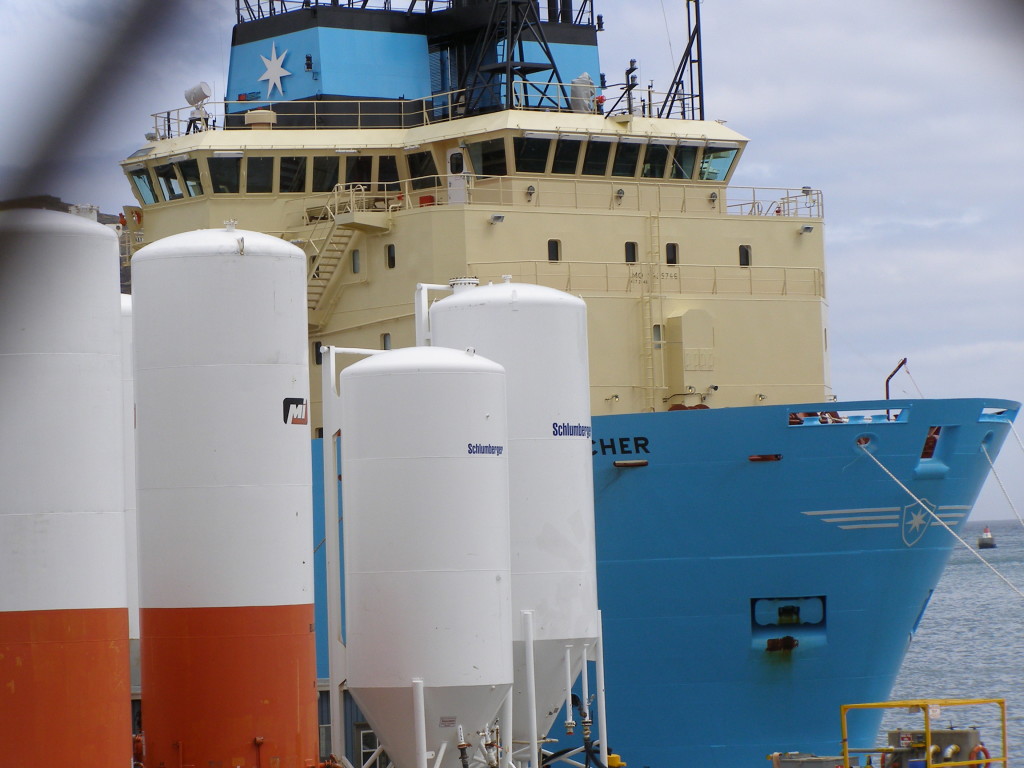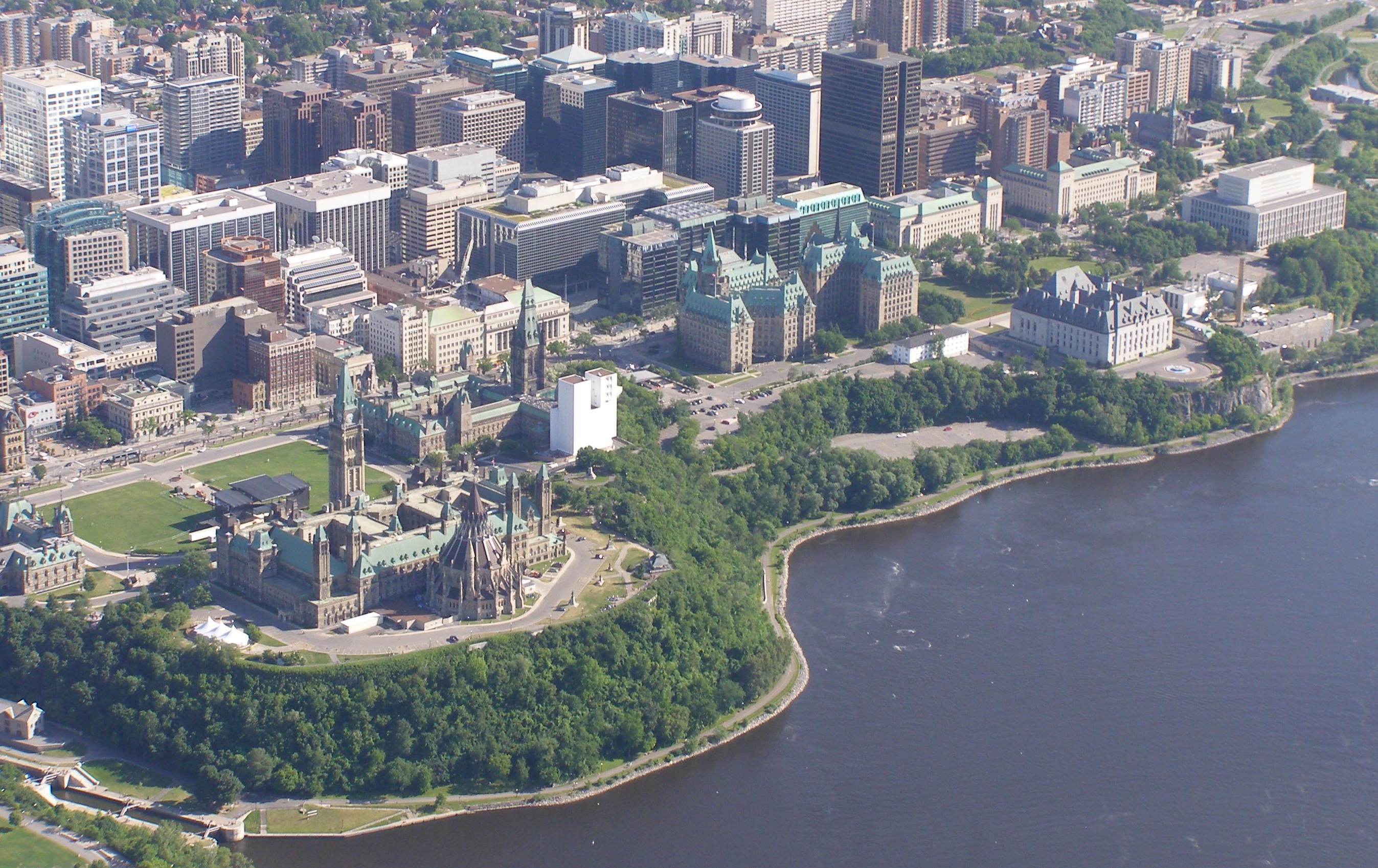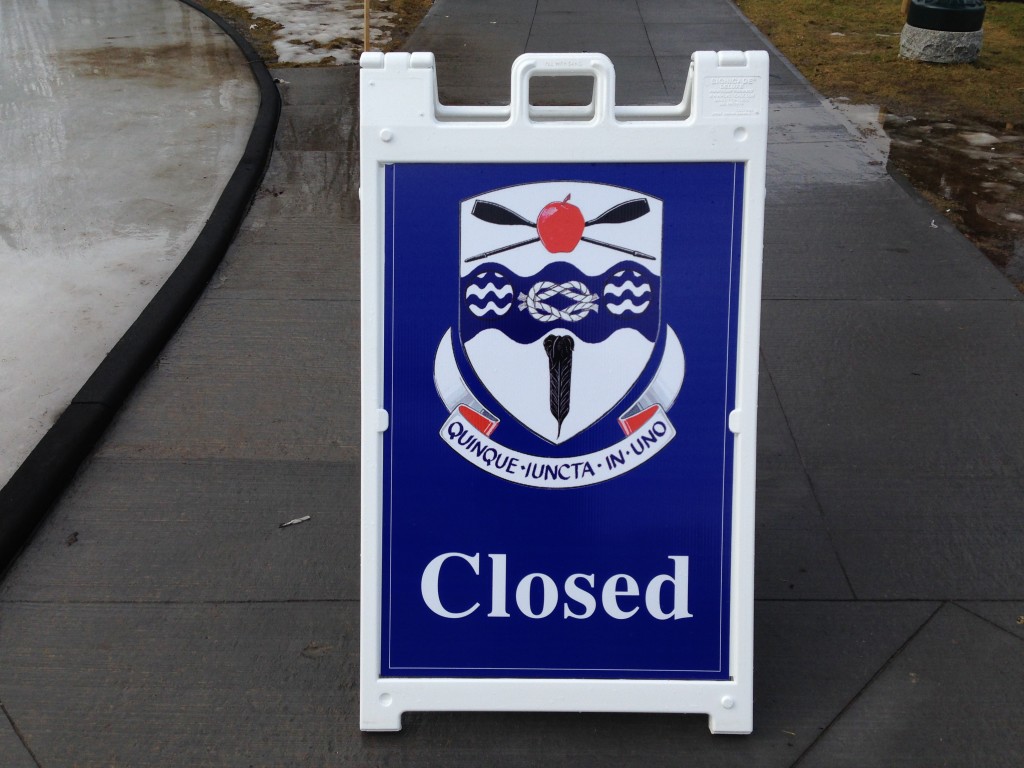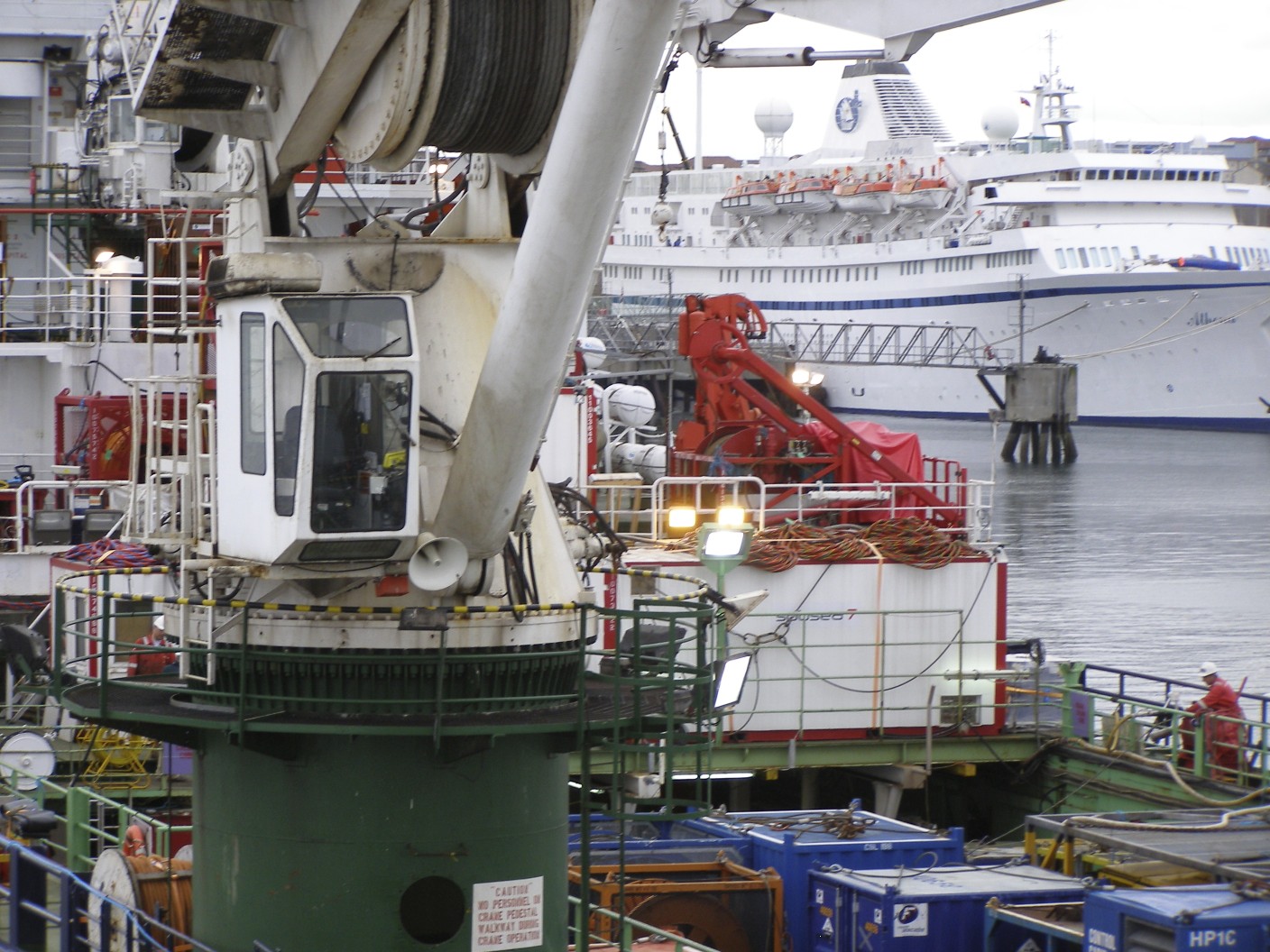Despite a growing list of challenges, many pipeline supporters are still confident Energy East is worth fighting for, in part, because they continue to believe it would bring much needed new investment, including a multibillion dollar bitumen upgrader to Saint John.
Is this realistic given changing circumstances? Should we recognise that the pipeline and its promised spin offs are less likely now and should we move on to growing the regional economy in other ways?
Opposition from Quebec has long been seen as the main threat to the pipeline. The reality is that Quebec isn’t the greatest challenge, in my view.
Oil prices below the levels needed to stimulate more oil sands expansion, as well as competition from other pipeline projects, pose greater threats to any west/east national pipeline than opposition along the route.
Forecasting oil price has proven to be more art than science even with strong signals like traders who were increasing their long positions (in anticipation of rising prices) at the beginning of this month, are now reversing their positions realizing that future prices may not cover storage costs. This isn’t an environment that would give a lift to the prospects of additional oil sands projects (beyond those already under construction).
Currently, pipeline capacity out of Western Canada is just over 4 million barrels/day, on par with current western daily oil production. The TMX approval would add 540 thousand barrels/day of new capacity. Keystone XL would add 830 thousand barrels/day and Energy East would add 1.1 million barrels/day if it were to be approved. These three together amount to nearly 2 1/2 million a day increase in capacity when even the most optimistic of industry forecasts point to overcapacity if all are built.
The Canadian Association of Petroleum Producers forecasts that Canadian production will increase to 5.5 million barrels/day by 2030. While CAPP has rolled back optimistic forecasts in the past, it is interesting to note that about 1/3 of that forecasted increase is after 2025.
CAPP’s steepening supply curve after 2025 is hard to fathom as many analysts are predicting world wide demand for oil will peak between 2025 and 2035, with some suggesting that peak demand may happen as early as 2020!
The market bears also suggest that peak oil will be followed rapidly by significant declines in demand as renewables and environmental policies affect demand for oil.
The oil market looks to be well-supplied for the foreseeable future even with the current OPEC agreement to limit production.
For new oil sands projects that require $90 to $100/bbl oil the outlook is clearly uncertain. That’s true even for the producers that might be viable in the $60 to $70 range.
For new pipelines, the only certain business is likely to be from projects nearing completion and not from new, as yet unsanctioned, ones. It’s difficult to see the need for all the pipeline capacity currently under review or approved, especially with KXL in play again.
President Trump’s executive order restarting the Keystone XL process and the Trudeau government’s approval of the Trans Mountain Expansion mean Energy East has significantly more competition now than it did just a few months ago and one of those competitors, KXL, is a TCPL project as is Energy East.
While more pipeline capacity is not a new challenge, forecasts of lower growth are. They materialised after currently planned pipelines were first proposed in the halcyon days of oil at more than a $100/bbl. Those early growth predictions drove interest in new producing projects and new pipelines.
If this intensified competition isn’t enough to dampen the enthusiasm of Energy East boosters, perhaps a recently published report by the University of Calgary’s School of Public Policy that evaluates, “PARTIAL-UPGRADING TECHNOLOGY” should give pause for thought.
The argument behind upgrading bitumen is that it increases value and marketability and that would mean better returns to bitumen producers and government coffers in producing provinces.
While some upgrading is already done in Alberta, the U of C report points out that 60% of oil sands production is currently exported as Dilbit. That is raw bitumen diluted with lighter hydrocarbons like naphtha to allow it to flow through pipelines.
Political leaders have long argued for more of Alberta’s oil sands production to be upgraded at home. However, that is routinely met with pushback from an industry arguing that no business case has been made to justify the infrastructure investments required to upgrade bitumen before export.
Given that rigorous debate in Alberta, it has never been clear how upgrading in New Brunswick, or anywhere else in Canada for that matter, is any more feasible than within Alberta.
That scepticism is bolstered by the reality that no one with a supply of bitumen has come forward to put money on the line to build an upgrader in New Brunswick.
The U of C report, in strengthening the argument to do more in Alberta, may well represent another nail in the coffin of New Brunswick’s upgrading hopes.
The report makes a convincing case to look further, not at full upgrading, but at partial-upgrading of raw bitumen within Alberta. It concludes that partial-upgrading of bitumen “to something resembling more of a medium or heavy crude” can be done, “at a lower cost per barrel than full upgrading.”
The report further points out that partially-upgraded Alberta oil would not enter the highly competitive lighter oil market but rather compete in a currently underserved niche for heavier crude.
Another observation in the report that will catch the eye of pipeline watchers is that the resulting “partially-upgraded crude” would not require the addition of diluent to make it pipeline ready.
For those concerned about safety, partially-upgraded bitumen would be less hazardous than the lower flash-point gas liquids used in Dilbit and any reduction in the shipment of diluent will free up space on the pipelines that currently bring it into Alberta as diluent to produce dilbit.
Moreover, if the diluent comprises up to 30% of the volume of Dilbit, then that space on existing and planned export pipelines may be freed up to take more partially upgraded product.
If partial-upgrading is broadly adopted, there will likely be less demand for new pipeline capacity and even less reason to do upgrading outside Alberta because the benefits of increased pipeline efficiency and safety are only maximised when the partial-upgrading is done near the producing areas, not 4,400 kms away at the other end of a pipeline.
Partial-upgrading may be seen by environmental advocates as an opportunity to argue further against the shipping of Dilbit. The availability of an alternative that is somewhat more easily cleaned up when spilled in wetland, aquatic, or marine environments may not win over everyone but it may reduce pipeline opposition.
Politicians and Regulators who are trying to cope with the added risks associated with diluted bitumen spills might be motivated to encourage its removal from pipelines and railways if it can be economically rendered into a safer product that has less of Dilbit’s risk while behaving more like conventional heavy crude.
Environmental regulation in Canada often follows advances in technology that make tougher standards feasible. So if any of the partial-upgrading processes now under development can be proven at commercial scale, public policy will likely move in a direction that favours their adoption.
For those waiting hopefully in Saint John, both for the pipeline and for an upgrader, there is little comfort to be found in this changing environment.
It is true that the Pipeline company, if it has sufficient take-or-pay contracts in place to finance the new pipeline, can push ahead with construction if and when regulatory hurdles are overcome. If shippers, on the other hand, were overly optimistic in forecasting their shipping volumes…well that’s life…
In the meantime, it’s clear that the faint hope that a multibillion dollar oil upgrader might bring jobs to southern New Brunswick has always been the ultimate pot of gold for pipeline advocates.
The jobs argument has sustained enthusiasm for Energy East since it was first proposed and that has helped to drive a wedge between environmental activists and the wider public. If the prospect of those jobs dim, then public support may diminish as well.
Some will argue that the time has come to move on. No one should celebrate the end of Energy East if that happens. Rather we should look closely at what might be salvaged from it if it doesn’t materialise.
Energy East’s new marine terminal, if built, would clearly be an ongoing benefit if the Saint John refinery plans to serve new and distant markets. A refined products terminal able to handle larger vessels would make New Brunswick more competitive in serving those markets.
Now that the Trudeau government’s efforts to champion Keystone XL have paid off, then the Liberals might see some responsibility to provide balancing support to preserve the benefits lost if Energy East is shelved and New Brunswick’s Liberal Premier is left standing at the altar waiting for this other love to show up.
After all, Premier Gallant took the high ground in the name of “Nation Building” and didn’t drive a hard bargain for supporting the pipeline. In fact it doesn’t appear he drove any bargain at all.
If Energy East doesn’t move forward, this may be his best opportunity to earn a worthwhile consolation prize.
Perhaps with last week’s US State Department’s approval of KXL bringing that pipeline closer to reality, it’s time to admit this parrot may not be “pining for the fjords”. We should salvage what we can now and move on. (With apologies to Monty Python…)

